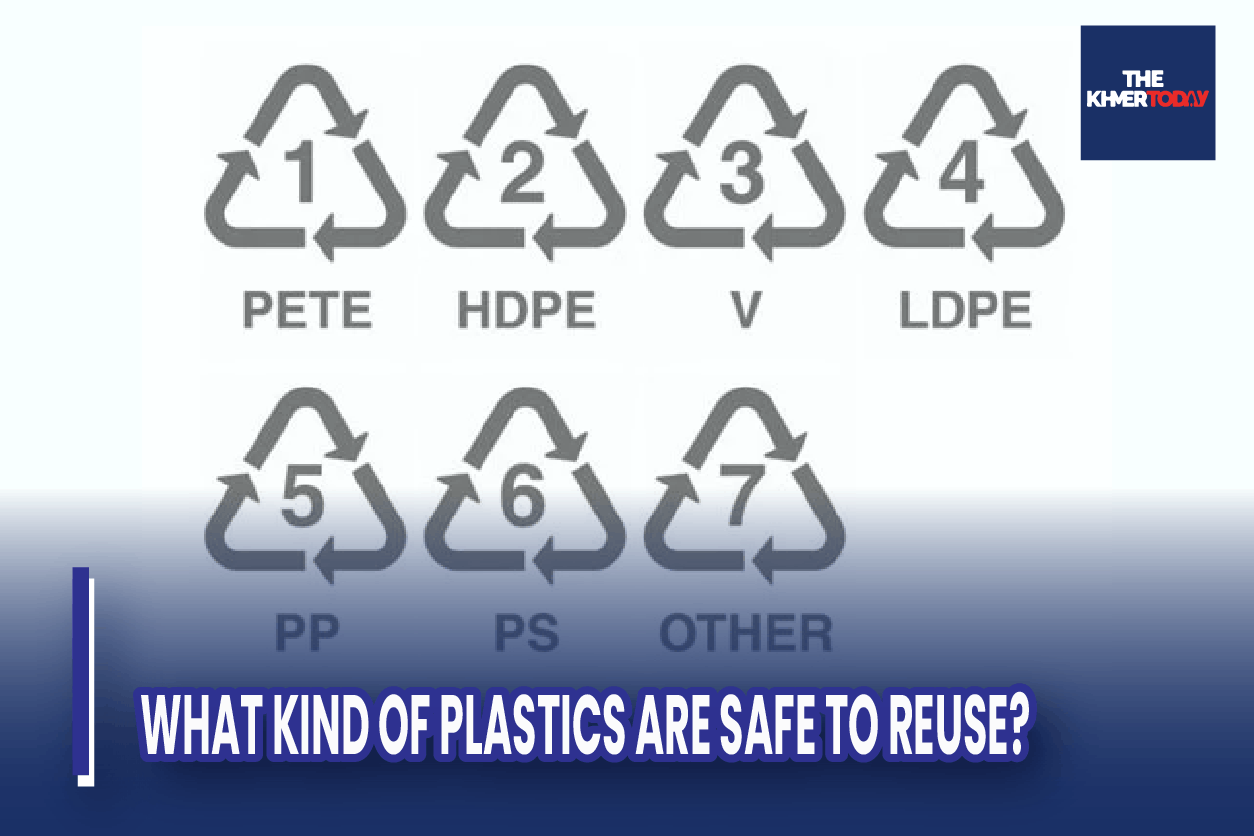What kind of plastics are safe to reuse?

An Article by Yahoo Health has informed about the reuse of food containers made of different plastic materials. Risks of Bacterial Infections and Chemical Leaks have been put on Discussion
July 6, 2015, Greta Style
In an article published on June 29, 2015, by Yahoo Health correspondent and freelance author Laura Tedesco, she reports on the safety of reusing plastic containers. According to Roll Haldon, director of the Center for Environmental Security at the University of Arizona Biogas Institute, bacterial contamination is the biggest risk of reusing plastic containers. Especially if the container is intended for one-time use, it may not be designed for easy cleaning. Harold suggested, for example, that leftover food should be transferred to glass containers. Related to Chemical Leakage Plastic Container with Processing Code
· No. 2 (High-Density Polyethylene HDPE)
· No. 4 (Low-Density Polyethylene LDPE) or
· No. 5 (Polypropylene PP PP) is the safest for reuse.
Plastic Engineering at Massachusetts Lowell University, USA, stated that these materials usually do not contain plastic that can leak into food when the container is heated in a microwave, washed in a dishwasher, or left in the sun for a long time.
Plastic container with numerical processing code
No. 1 (Poly Lily Potential Tet PETE)
No. 3 (Polyvinyl Chlorine APP V)
No. 6 (Polyester APPS)
No. 7 (other plastics such as polycarbonate, PC OTHER) are more chemically sensitive and less suitable for reuse.
Schmitt explains that PVC and Computers contain phthalates and bisphenol A (BPA, CAS 80-05-7), respectively, which are worrisome because of their disruptive properties to the endocrine system. Some PETE containers contain antiviral substances that have been linked to diarrhea, muscle and joint pain, anemia, and heart problems. PS is made from montmorillonite which is a human carcinogen. Generally, when reusing food packaging, containers should be used for foods that contain acids, sugars, fats, and alcohols similar to the original foods contained in them.